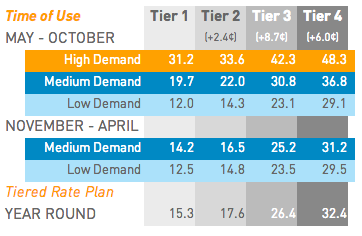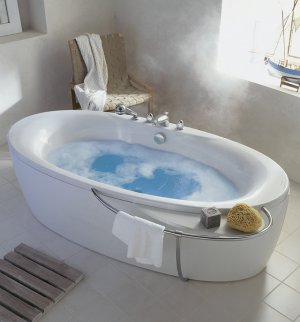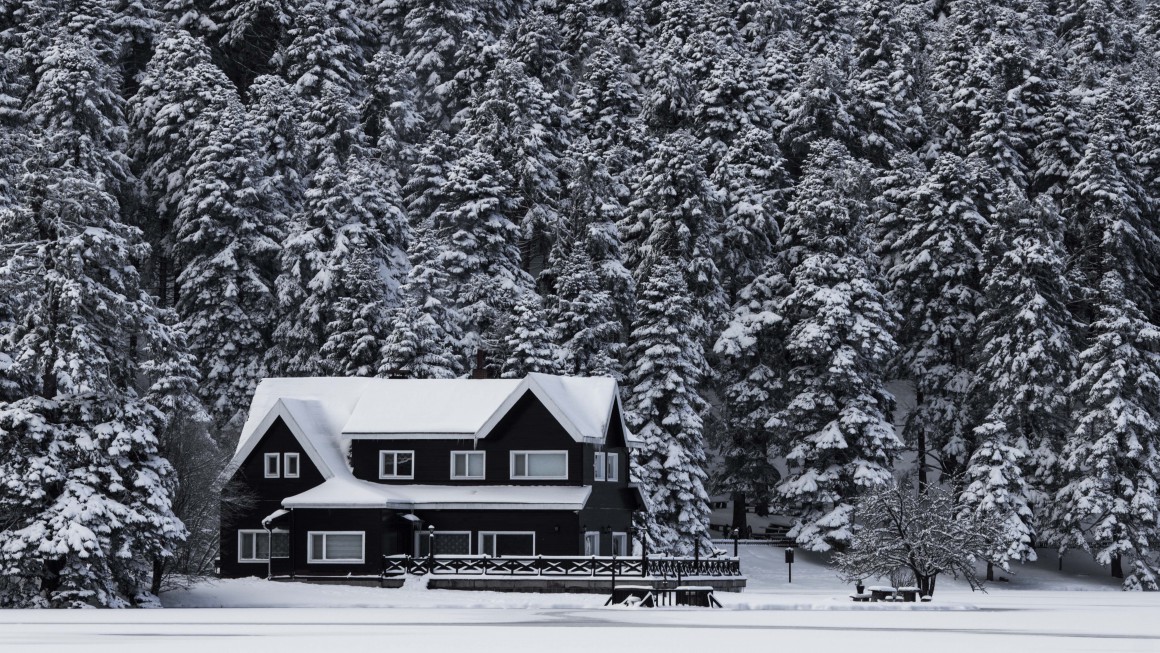article
7 Frugal Tips to Save Money on Your Winter Bills
When it comes to winter, saving money is on everyone’s minds. You’re spending more time inside and that means more on electricity and heating. If your rental properties include utilities then this can take up a substantial portion of your budget and more importantly, your bottom line can really take a hit.
We’ve all heard that switching to Energy Star appliances can reduce our energy and water consumption by 10-50% but not everyone has the cash to replace their appliances. So whether your rentals include utilities or not, we’ve come up with tips that both you and your tenant can start using today at little to no cost.
1. Use electricity during non-peak hours.

PG&E Pricing tiers based on energy demand & times of use
Most electric providers have a price structure based on times of use: peak, mid-peak, and off-peak hours. Rates change depending on the demand for electricity and season. For some areas, peak hours are more than double the cost of off-peak hours.
Encourage your tenant to use electricity during off-peak hours. Direct them to your provider’s website where they may have a live update of the times of use status, posted hours and rates, or email and texts to alert you when you’ve moved up to a higher price tier. Sometimes a friendly reminder is all it takes to pass on the savings.
2. Install curtains and shades on your windows.
According to the U.S. Department of Energy’s Energy Saver Guide, windows are the largest suspects of heat loss. But don’t worry, this one doesn’t have to be an expensive fix.
To decrease heat loss from window, make sure you seal all your windows by:
- Caulking, sealing, and weather stripping all seams and cracks to the outside
- Installing curtains to act as an extra layer of insulation

This thermal image shows heat loss from a home. (U.S. Department of Energy)
3. Be shade smart!
If you have shades installed, open them during the day to allow the sun’s rays to warm your home and shut them during the night to reduce chill from the windows.
4. Check your refridgerator’s temperature
Your fridge may come with different temperature settings but some of these colder settings aren’t necessary when it comes to keeping your food chilled and safe for eating. Keep your fridge between 35-41°F (2-5°C) and your freezer at -0.4°F (-18°C). Any lower and you’re only wasting energy.
5. Turn down your water heater
Some domestic hot water systems heat upwards of 140°F (60°C) which is completely unnecessary and hot enough to burn a child and adult quite severely. Instead, set your hot water heater at 120°F (49°C).
Dialing the water temperature back by twenty degrees will save you approximately 8% on heating your water each year.
6. Install water-saving shower heads and faucet aerators.
For maximum efficiency, install an aerated low flowing shower head with a shut-off valve. This way, you can turn off the water while you are shampooing and soaping up and then turn it back on instantly without having to readjust the temperature.
This will typically reduce your water consumption by 30% and water heating bills by 30-40%. Doing this will not only reduce your water bills due to less consumption, but your water heating bills will also decrease due to less demand.

Hot bath water can be used to warm your home before draining the tub.
7. Now here’s a really frugal tip to share with your tenant: Taking a bath? Don’t drain the water just yet.
You’re spending your hard earned money to heat your bath water so don’t let it all go down the drain! Let your bath water sit in the tub, allowing it to warm your home as it cools. Just remember to drain your tub later!
This one may be a strange tip to pass on to your tenants. They may laugh and chuckle at the frugality of it all but hey – it’s a tip that works!
Don’t forget to keep track of your income and expenses with Pendo, so you know how much you’re really saving this fall/winter!





